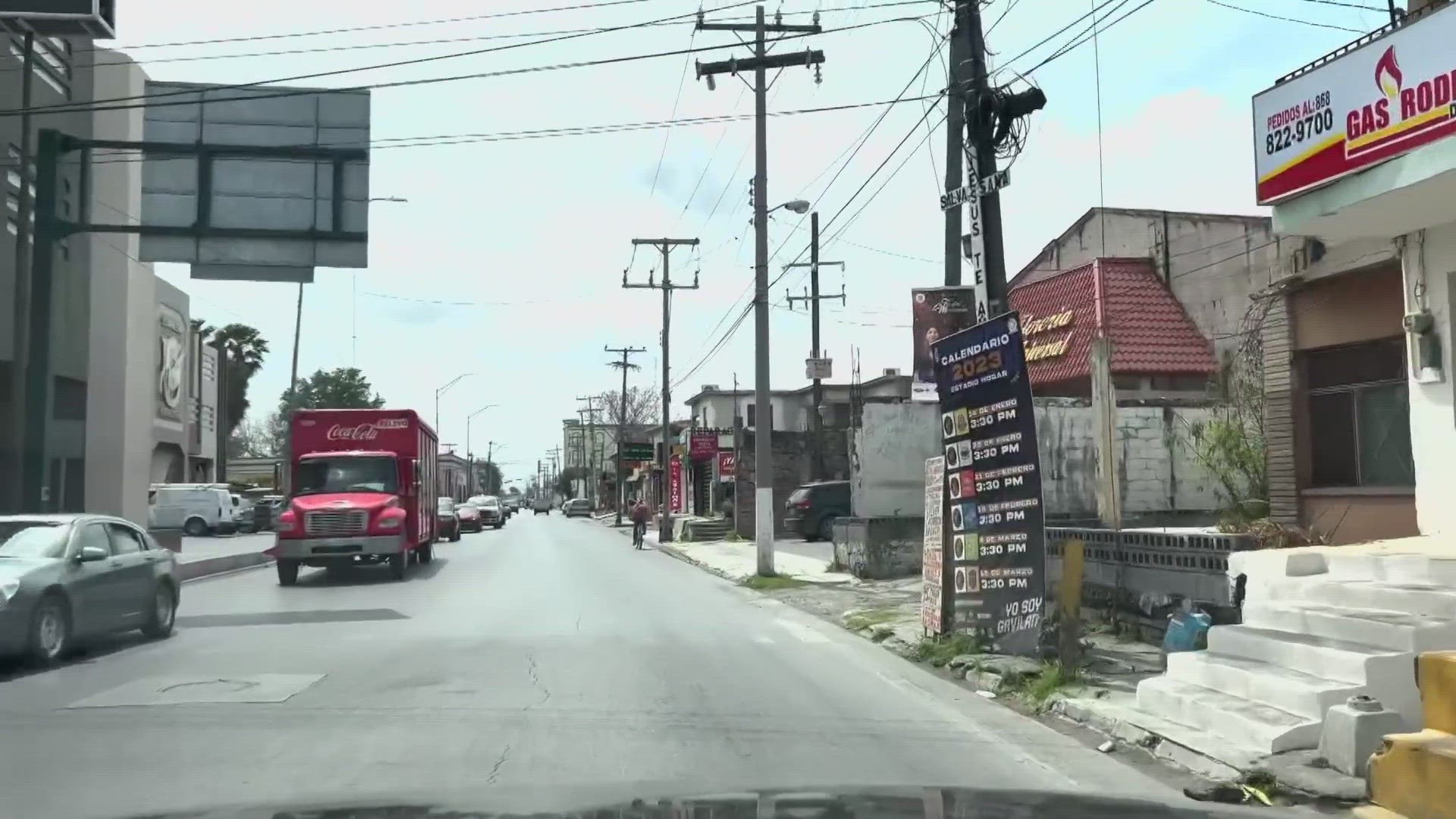SAN ANTONIO — This week's news about the four Americans who were kidnapped – two of them subsequently killed – after crossing into the northern Mexico state of Tamaulipas so that one of them could receive a "tummy tuck" operation has renewed conversation about the growing trend of medical tourism.
This travel is popular with people who have no health insurance or plans that make them pay thousands of dollars before coverage begins.
Big employers also sometimes send people covered by their insurance to other countries for hip or knee replacements or bariatric surgery. Some also send people to Mexico for expensive prescription drugs.
The four Americans abducted on Friday, however, found themselves caught in a deadly drug-related shootout before armed men threw them into the back of a pickup truck.
Video obtained by KENS 5 shows the approximate route believed to have been taken by the group, starting from a port of entry in Brownsville, Texas, before winding through Matamoros, Mexico. The video concludes by showing the intersection where the four were believed to have been kidnapped.
What's fueling the rise in medical tourism?
Cost is a huge factor. Care in countries like Mexico can be more than 50% cheaper than it is in the United States, according to Jonathan Edelheit, CEO of the non-profit Medical Tourism Association, an industry trade group.
And cosmetic surgeries, like tummy tucks that cost thousands of dollars, are largely uncovered by U.S. health insurers.
Patients also sometimes travel because they can get quicker access to some care outside the U.S. They also may want to seek treatment from a doctor who speaks their language or comes from the same culture.
The U.S. Centers for Disease Control and Prevention says millions of U.S. residents travel abroad for care annually.
Researcher Arturo Bustamante estimates that roughly 400,000 people traveled from the U.S. to Mexico each year for care before COVID-19 hit. The University of California, Los Angeles health policy professor said the number dropped under pandemic stay-at-home orders but then quickly rebounded.
Most of the people visiting Mexico for care are Mexican or Latino immigrants living in the United States, he said.
Non-Latino patients mainly cross the border for dental work, to buy prescription drugs or receive care like plastic surgery or some cancer treatments not covered in the U.S.
Weighing the risks
Patients can take steps to lessen risks of receiving care in another country.
They should heed U.S. government travel alerts about their intended destinations, Edelheit said.
Trip safety also can be enhanced if a medical tourism agent works with the patient, Gan noted. Hospitals or care providers often will have someone pick patients up at the airport and take them to their doctor appointment or hotel.
Patients also should do research on care quality before looking at prices, Edelheit said. They should learn where their potential doctor received training and look for any accreditations or certifications.
“They really need to make sure they are going with the best of the best,” he said.
The risk for patients may not end after the procedure. If someone has complications after returning home, it may be hard for their U.S. doctor to learn the details about the care received during a trip.
Patients also may find it difficult to sue their doctor or hospital in Mexico, Bustamante said.
“Navigating the system is usually complicated,” he said.
>TRENDING ON KENS 5 YOUTUBE:


